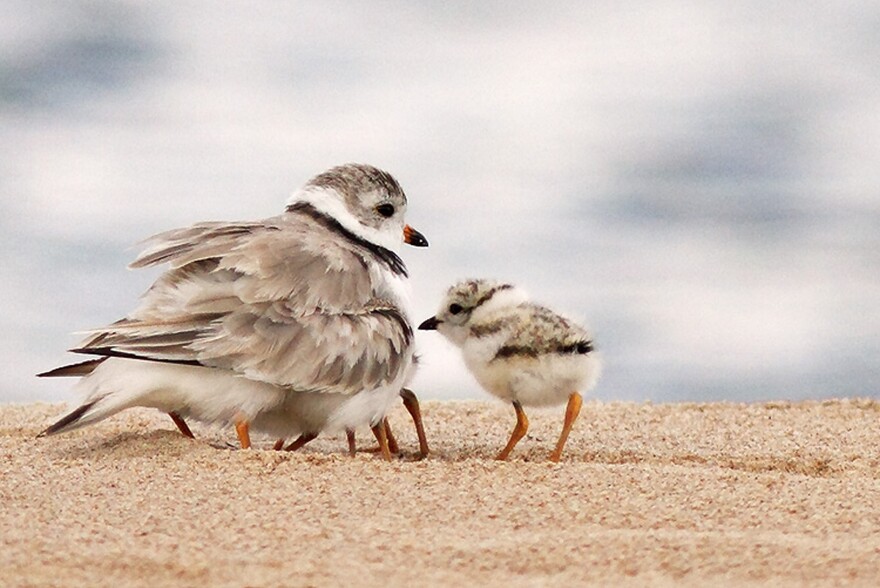Piping plovers are an endangered species of bird that builds its nests on Great Lakes beaches. Its main habitat is the Sleeping Bear Dunes.
But some of the birds' nests are being washed away by high water levels.
Vincent Cavalieri, piping plover coordinator for the U.S. Fish and Wildlife Service, says the birds could be especially at risk this year. He says although the recorded number of bird pairs has increased since last year, the rising water is likely to cause problems during this year’s nesting season.
He says by protecting the piping plover, wildlife managers are also protecting other kinds of wildlife.
“We consider them an umbrella species for the Great Lakes ecosystem,” he says. “There are other endemic species, rare and threatened species, that occur out there and by protecting the piping plover we’re also protecting the whole ecosystem.”
Cavalieri says the U.S. Fish and Wildlife Service, along with other agencies, including the Department of Natural Resources, has set up fencing to protect the nests from people visiting the beaches.
“With the smaller amount of habitat available right now, I would say it’s doubly important that they kind of try to give the plovers some space to try to raise their chicks,” he says.
Cavalieri says in 1990, the plovers were down to 12 pairs total when the bird was placed on the endangered species list. He says they’re up to 72 pairs this year, but the population has to reach 150 pairs to be taken off of the endangered species list, so he says they still have a long way to go.
He says piping plovers raise an average of three chicks per pair every year. Cavalieri says these next few weeks are vital as the birds’ eggs begin to hatch.





